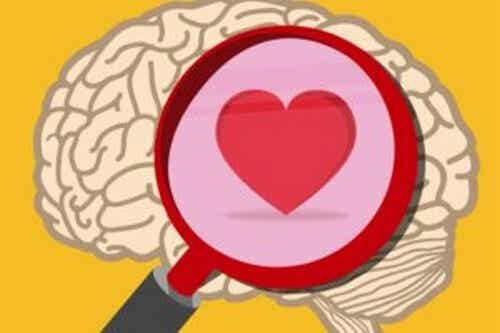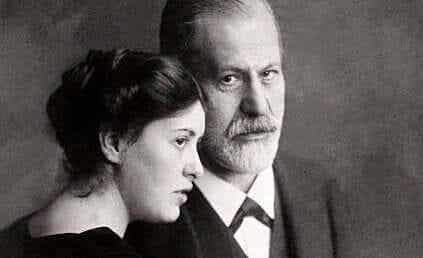Knowing one's emotional universe facilitates personal and relational growth. Knowing what you feel and what others are feeling increases empathy and helps you get to know yourself better.

Last update: April 21, 2020
Understanding primary and secondary emotions allows for better personal and relational development. People with greater social skills generally know better about themselves and the emotions they feel at all times. At the same time, they are able to capture, interpret and use these tools to relate more easily, recognizing their own emotions and those of others.
But how can we define primary emotions in practice? Starting from Paul Ekman's theory we find six basic emotions: anger, sadness, joy, fear, surprise and disgust. They are defined as primary because they are intercultural and innate; that is, they accompany us from birth and the facial expressions associated with them are independent of culture and recognizable anywhere in the world.
Secondary emotions, on the other hand, undergo social influence and, depending on the historical period and the culture, they are expressed in one way or another. In addition to this, interpersonal contact is necessary in order to develop them. Among them we can find: shame, contempt, guilt, pride, etc.
Nowadays there are numerous studies dedicated to the recognition and identification of emotions. Some argue that there are four so-called basic emotions, while others refer to a larger number by adding some secondary ones.
Either way, the important thing is being able to identify them, recognize them and learn to act in accordance with them. Let's find out in the next lines what are the primary and secondary emotions.
“Feelings and emotions are the universal language that must be honored. They are the authentic expression of who we are ”.
-Judith Wright-
Primary and secondary emotions
Emotions are all adaptive, although there are more positive ones, like joy, and more negative ones, like sadness, anger or disgust. All, in fact, allow us to adapt to the surrounding environment. It is for this reason that a better definition of emotions might consist in defining them as pleasant or unpleasant and not negative.
Secondary emotions are defined as such as they often consist of the union of basic emotions. For example, jealousy can contain fear and anger, while the emotion of shame can include fear of rejection and sadness of failure. These emotions require interaction with others and a development that allows us to know what we feel in different situations or conflicts.
A curious aspect to highlight concerns the only emotion defined as neutral, that is surprise. This emotion has a shorter duration than the others, as its hedonic tone quickly transforms into another emotion. For example in joy if the surprise is pleasant or in sadness if the surprise is not to our liking.
However, as previously stated, primary and secondary emotions are always adaptive. For example, disgust allows us not to consume foods that may have expired. Fear protects us from stimuli that could be harmful to survival and sadness protects us by allowing us a moment of calm and contact with ourselves.
Emotional education - the basis for proper personal development
Optimal personal development goes hand in hand with the development of academic and emotional intelligence. The correct recognition of emotions allows us to make good use of them and to know how to act towards others and ourselves.
Knowing the different emotions and their effects makes us stronger, as it gives us greater self-knowledge and the ability to get in tune with others. But… what does all this translate into?
Emotional education allows us to increase our self-esteem, since we know who we are precisely because we know how we feel. They will also improve our social performance, as it will allow for better interpersonal and social skills development. If we understand what others are feeling, it will be easier to relate to them appropriately.
As you can see, knowing the emotions leaves room for a more balanced growth as, by recognizing them, we allow ourselves to let them express and not to assume that they are the opposite polarity. Poor fear management, for example, could lead to phobia or panic.
We are and we live on emotions, primary and secondary. Knowing them and knowing how they are expressed allows us to grow more every day.

























